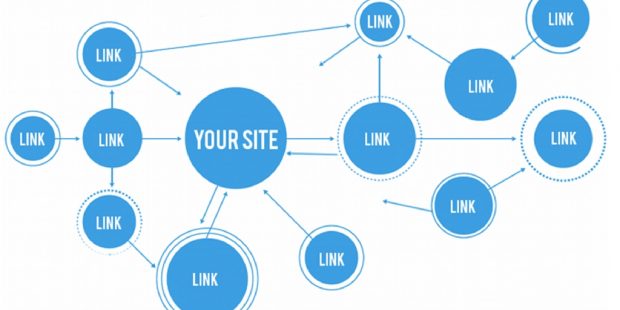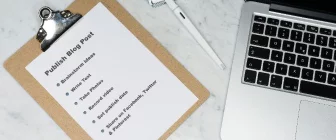
Search engine optimization, or SEO, doesn’t happen in a vacuum, and your web development and design decisions can have a big impact on whether pages get seen. Dev decisions can drive SEO up or down, so it’s important to follow best practices when it comes to incorporating images, creating walls, linking internally and building site architecture.
Get the Most Out of On-Site Images
A picture might be worth a thousand words for the viewer, but images themselves are meaningless when search engines try to evaluate page content and relevance. Google might sport facial-recognition technology, but its bots can’t tell how an image correlates to keywords. You can combat that challenge by consistently using alt tags with all images on the site. During development and after, follow best practices for integrating alt tags.
- Keep the text short and specific
- Don’t force keywords
- Describe image content clearly
- Choose images that naturally relate to page subject matter
Carefully Consider Pay Walls
Pay walls - or any wall between the user and content - can tank your SEO. First, bots won’t complete a form, sign up for membership or make a payment just to crawl the site, and membership only pages are often not indexed in search engines to protect brand and privacy. Second, if everything valuable is behind a wall, then your landing pages don’t have any help in supporting conversions. Blocking off sections of a site often makes sense, but leave enough open to support SEO and ensure potential customers can engage with your brand.
Plan Internal Linking Strategies

Internal linking is a good way to boost your authority and spread strong SEO across multiple pages, but unorganized linking practices can reduce performance in the search engines. Integrating irrelevant links into onsite content can confuse or drive away visitors, and it’s also seen as the cousin to keyword stuffing. Make sure you link to relevant content to support positive user experiences.
Site architecture also plays a role in linking strategies. During development, define the types of pages your site will support and how links, categories and tags play a part. Set parameters for internal link selections so content creators and tech staff are consistent in tying the site together in the future.
Build Your Site for Speed
Finally, site architecture impacts speed, and speed impacts SEO. Slow or muddled sites don’t perform well in the search engines, and they certainly don’t perform well with today’s users, which are looking for a return on their time investment within seconds of landing on your page. Make development decisions that ensure pages are sleek, user-friendly and fast to load.
How fast the page appears is only one aspect of speed. Menus, categories and links should make it easy for users to navigate your pages quickly. Individuals who can’t find what they are looking for in one or two clicks on your site are likely to bounce to another option.
By marrying SEO and web design, you can create or support fully-functional, user-friendly pages that catch search engine attention in the best possible way.
